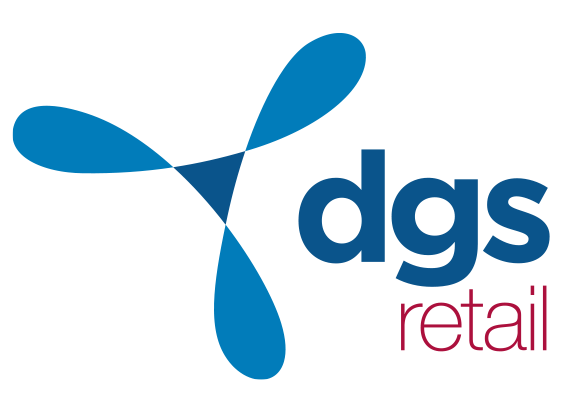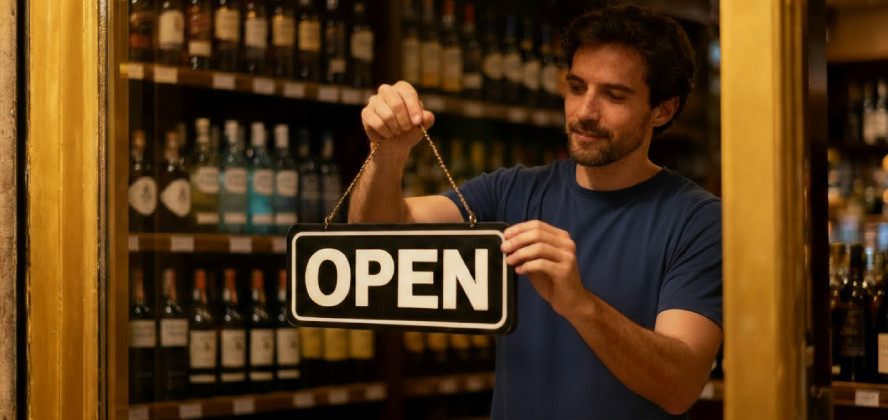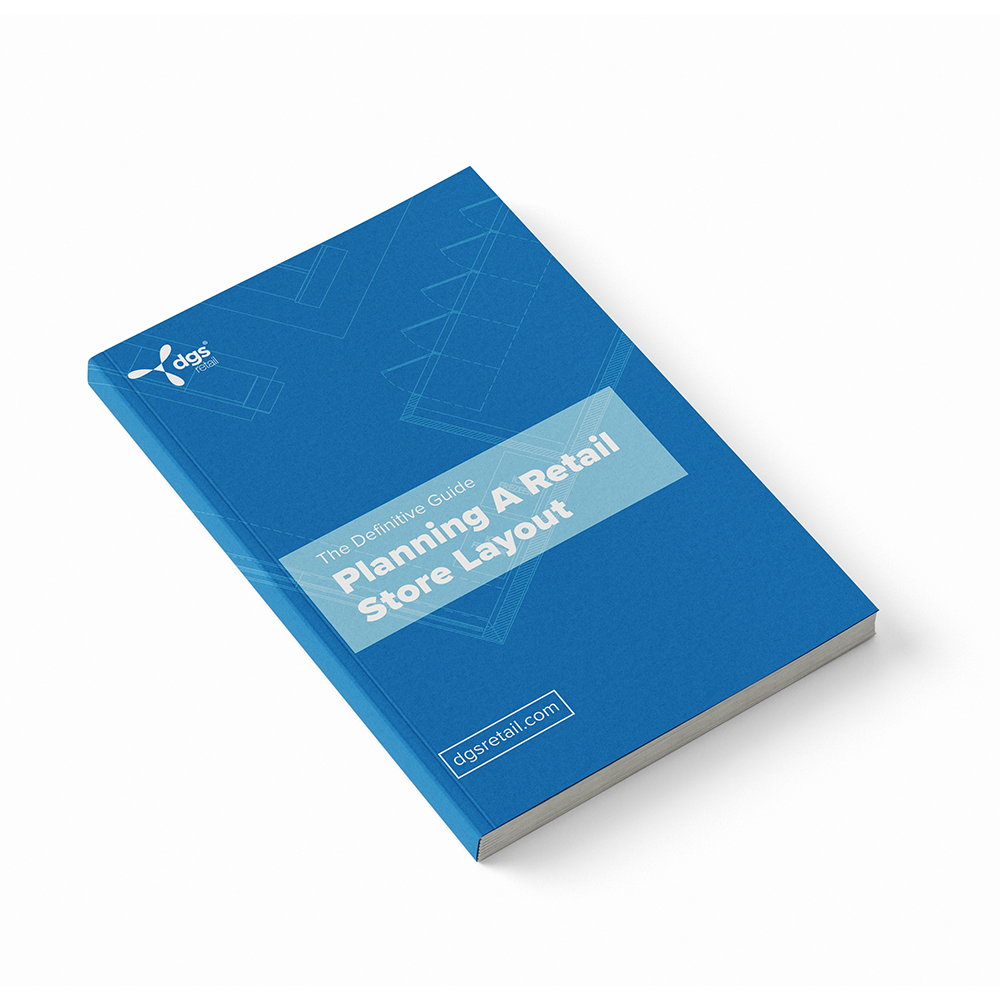How to Open a Liquor Store in 9 Steps (Checklists + Free Layout eBook)
Posted by DGS Academy on Oct 15th 2025
How to Open a Liquor Store in 9 Steps (Checklists + Free Layout eBook)
From license to layout, this guide walks you through research, financing, permits, store design, fixtures, inventory, marketing, and launch—so you can open with confidence.
Free eBook: Planning a Retail Store LayoutFree Store Design Service (DGS Retail)
Gondola Shelving Configurator
Contents
- Step 1 — Research & Planning
- Step 2 — Financing
- Step 3 — Licensing & Permits
- Step 4 — Location
- Step 5 — Store Design
- Step 6 — Fixtures & Equipment
- Step 7 — Stocking Inventory
- Step 8 — Marketing & Launch
- Step 9 — Opening Day & Beyond
- Printable Checklists
- External Resources
Step 1 — Research & Planning
Before you spend a dollar on rent or inventory, validate three things: who your customer is, how much demand exists nearby, and whether you can reach break‑even with realistic pricing and costs.
- Define your concept (everyday value, premium assortment, or a specialty focus)
- Map your trade area (where customers will come from)
- Estimate demand (demographics, foot traffic, market overview)
- Audit competitors (find your winnable gap)
- Translate research into a mini financial model (startup costs, operations, staffing, marketing, and cash flow assumptions)
- Draft your business plan (fundable & practical)
- Pre‑check for regulatory red flags
Helpful tools: Census Business Builder • SBA: Write your business plan • Find your local SBDC • Get a free SCORE mentor.
Step 2 — Financing
Typical startup costs include inventory, rent/deposit, utilities, licensing/permits, insurance, fixtures, POS, and marketing. Create a realistic cash buffer for the first 3–6 months.
Common funding paths:
- SBA 7(a) — general working capital (often used for acquisitions/build‑outs).
- SBA 504 — long‑term, fixed‑rate financing for real estate & large equipment.
- Regional grants or revolving funds via your SBDC network.
Step 3 — Licensing & Permits (start early)
Alcohol retail is regulated at both the federal and state/local levels. Start now and track timelines.
- Federal (TTB): register as a Retail Beverage Alcohol Dealer (guide • 27 CFR Part 31).
- State & Local: find your regulator (directory) and confirm zoning, signage, occupancy: State Alcohol Beverage Authorities.
- BOI (ownership reporting): always check current requirements and deadlines on FinCEN’s BOI page before filing.
Examples of special permits: many states allow limited in‑store tastings with an extra permit (e.g., CA Type 86 Instructional Tasting; NY Off‑Premises quick reference). Check your state’s rules.
Step 4 — Location
Location can make or break your store. Prioritize:
- Visibility & access (arterial roads, easy turns, good sidewalks).
- Parking & safety sightlines (avoid blind corners; maximize visibility from the street).
- Lease contingencies: Make your lease contingent on liquor approval and zoning.
Design for safety: Consider Crime Prevention Through Environmental Design (CPTED) principles—lighting, clear windows, and unobstructed lines of sight. A DOJ guide is a good primer. COPS Portal
Step 5 — Store Design
A smart layout keeps customers browsing longer and buying more.
Best practices we apply at DGS Retail:
- Right‑hand flow with clear power aisle and decompression zone
- Category adjacencies that reduce back‑tracking
- Sightlines from the counter across high‑shrink categories
- Lighting & signage that guide rather than distract
Free Store Design Service (DGS Retail)
Gondola Shelving Configurator
Accessibility matters: Review ADA guidance for small businesses serving the public (aisle width, reach ranges, counters, policies). (ADA Small Business Primer • 2010 ADA Standards).
Step 6 — Fixtures & Equipment
Fixtures don’t just hold product—they sell it. DGS can help you create a polished, professional environment that fits your budget:
- Gondola Shelving (center store runs + endcaps)
- Liquor Store Displays (secure premium sections)
- Checkout Counters (ADA‑aware, queue management)
- Security Doors & Cases
- Signage & Shelf Talkers
Already have a floor plan? Use our free gondola layout configurator to calculate your gondola setup automatically.
Step 7 — Stocking Inventory
Balance top sellers (value, mainstream brands) with local favorites and seasonal features.
- Use POS data + distributor insights to track turns and set par levels.
- Pilot new items with small buys; expand based on sales velocity and margin.
- Follow TTB guidance on receiving records and keep invoices organized (audits look for this). TTB: Liquor Laws and Regulations for Retail Dealers
Step 8 — Marketing & Launch
Start building buzz before you open: claim listings, post construction updates, and preview promotions. If allowed, host tastings or a launch event—then follow up with loyalty offers.
Local listings (free):
- Google Business Profile: claim/verify and keep hours, photos, Q&A, and updates current. Google Help
- Apple Business Connect: control how you appear in Apple Maps and related apps. businessconnect.apple.com
- Yelp and other directories (optional but helpful in some markets). yelp-sales.my.site.com
Content & community:
- Share behind‑the‑scenes progress, supplier spotlights, and countdowns.
- If allowed, host tastings or a grand opening event (check your state’s rules first). Liquor Authority: Off-Premises Quick Reference
Responsible advertising: If you run alcohol‑related ads or promotions, review current industry self‑regulatory codes (helpful for content/placement standards). Distilled Spirits Council: Responsible Advertising and Marketing Practices
Step 9 — Opening Day & Beyond
- Staff for peak hours; keep managers visible and greeting customers.
- Feature endcap promotions and loyalty offers to convert first time shoppers into regulars.
- Build a quarterly calendar around seasons (summer seltzers, holiday gifting, local events).
- Keep a simple safety plan—late night retail has unique risks. OSHA’s guidance for late night retailers is a useful checklist.
Quick Checklists
Pre‑Lease
- Market analysis complete (Census Business Builder)
- State/local regulator requirements reviewed (directory)
- Lease contingencies include liquor approval + zoning
Licensing & Compliance
- TTB Retail Dealer registration reviewed (guide)
- State permits underway (e.g., tasting permits if applicable)
- Check latest BOI rules (FinCEN BOI)
Design & Build
- Free Store Design • Layout eBook
- ADA basics reviewed (primer)
- Fixtures/security/signage specified (see links in Step 6)
Inventory & Ops
- Assortment plan + initial POs
- POS configured (tax, categories, age prompts)
- Receiving/recordkeeping process defined
Marketing & Launch
- Google Business Profile + Apple Business Connect verified
- Grand opening plan (check tasting/event permits if needed)
- Photo set: exterior, interior, key categories
External Resources to Bookmark
- TTB (Federal): Retail Beverage Alcohol Dealers – Registration • 27 CFR Part 31 (Registration) • State ABC Directory
- Beneficial Ownership (FinCEN): BOI Reporting – current status & FAQs
- SBA & Advisors: Business Plan • SBA 7(a) • SBA 504 • Find an SBDC • SCORE Mentors
- Market Data: Census Business Builder
- Listings: Google Business Profile • Apple Business Connect
- Accessibility: ADA Small Business Primer • 2010 ADA Standards
- Safety (Late‑Night Retail): OSHA: Late‑Night Retail Violence Prevention • NIOSH: Reducing Workplace Violence (Gas/Convenience)
- State Examples (Tastings): California ABC – Type 86 • New York SLA – Off‑Premises Reference
- Responsible Marketing Codes: DISCUS Code • Beer Institute Code • Wine Institute Ad Code
Need help designing your floor plan?
DGS Retail designs stores that are easy to shop and efficient to run—from gondola runs and endcaps to checkout counters, security doors, and signage.
Free eBook: Planning a Retail Store LayoutFree Store Design Service (DGS Retail)
Gondola Shelving Configurator




